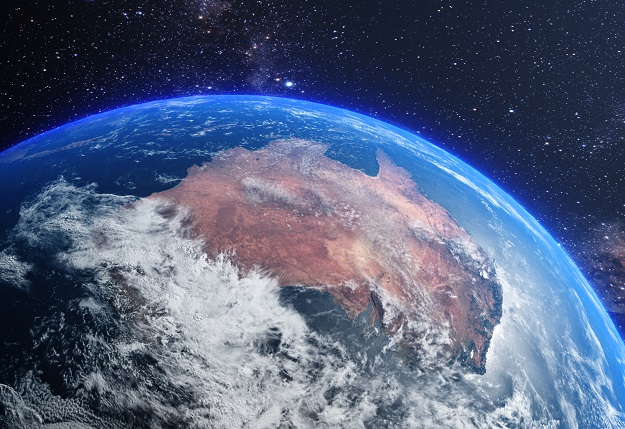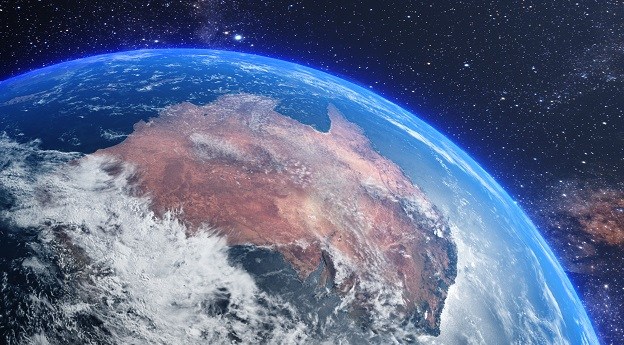
©stock.adobe.com/au/
Australia’s almost total reliance on foreign-owned satellites for the provision of vital services poses a dangerous and unacceptable sovereign risk to the nation, according to a new report from the Australian Academy of Science.
The report outlines a 10-year plan for correcting the situation, which includes “investment in a home-grown Earth observation satellite program, which would design, build, launch and operate the satellites and the sensors on-board used to collect a wide range of data types”.
Emeritus Professor Fred Menk, Chair of the Executive Working Group that developed the plan, said that meeting Australia’s “future Earth observation needs requires appropriate sovereign capability including enhanced science, observations, analysis and modelling capability”.
The plan also calls for a national program of space weather research “to help protect Australia’s critical energy, water, information and transport infrastructure, advance space weather forecasting and improve our situational awareness of space”.
“A major space weather event with catastrophic impacts on the global economy is likely within our lifetimes, however, Australian research can greatly improve our predictive capability,” said Professor Menk.
Other challenges include tackling the “significant workforce skills gap, an ad-hoc funding environment, and a lack of a national strategy for space with no long-term plan to address knowledge and capability gaps”.
The plan makes three top-level recommendations.
- A national research priority in space science should be established that aligns with civil and defence sovereign industry capability requirements, encourages discovery and innovation, and helps build capacity for national benefit and international impact.
- A Lead Scientist role should be established within the Australian Space Agency with responsibility for space science policy settings. The role should include responsibility for providing strategic science policy advice, facilitating cross-sector engagement and international collaboration, and fostering capacity development initiatives.
- There should be a commitment to and investment in an ongoing national space program, enabled by space missions that advance science, stimulate technical innovation, address national priorities, grow capability and inspire citizens.
There are six further, more specific recommendations:
- Development of an integrated national space innovation and education strategy, led by the Australian Space Agency, that is consistent with the national curriculum, spans the primary, secondary, tertiary, VET and industry sectors.
- A program of small space missions to advance knowledge and discovery, foster and leverage international collaboration, accelerate development of new technologies, applications and the skilled workforce, and help grow sovereign capability. This should be the responsibility of the Australian Space Agency, with NCRIS or similar support.
- A national program focusing on space weather research activities to help protect critical infrastructure and advance space weather forecasting and space situational awareness activities.
- An ongoing Earth observation satellite program led by the Australian Space Agency to mitigate data supply risk, address grand national challenges, grow capacity and contribute to global programs. Australia should lead international efforts on global instrument and data calibration and validation.
- An integrated program to advance basic and applied research on transformative technologies in secure RF and optical communications technologies networks, advanced on-board processing, and next generation secure positioning, navigation and timing (PNT) capabilities.
- A commitment of support to space life science research, including space medicine and human factors, and space agriculture and nutrition.
Professor Menk said that while federal investments in space are stimulating growth of the space sector, more effort is needed to boost research and innovation capabilities if a national space ecosystem is to be established.
“Australia must have a space industry of its own — one that we can turn into a high-tech manufacturing, knowledge-based, research supported, export industry in a world hungry for it,” said Professor Menk.
“An internationally competitive space industry in Australia will depend on a foundation of excellence in science and technology.”
Stay up to date by getting stories like this delivered to your inbox.
Sign up to receive our free weekly Spatial Source newsletter.













